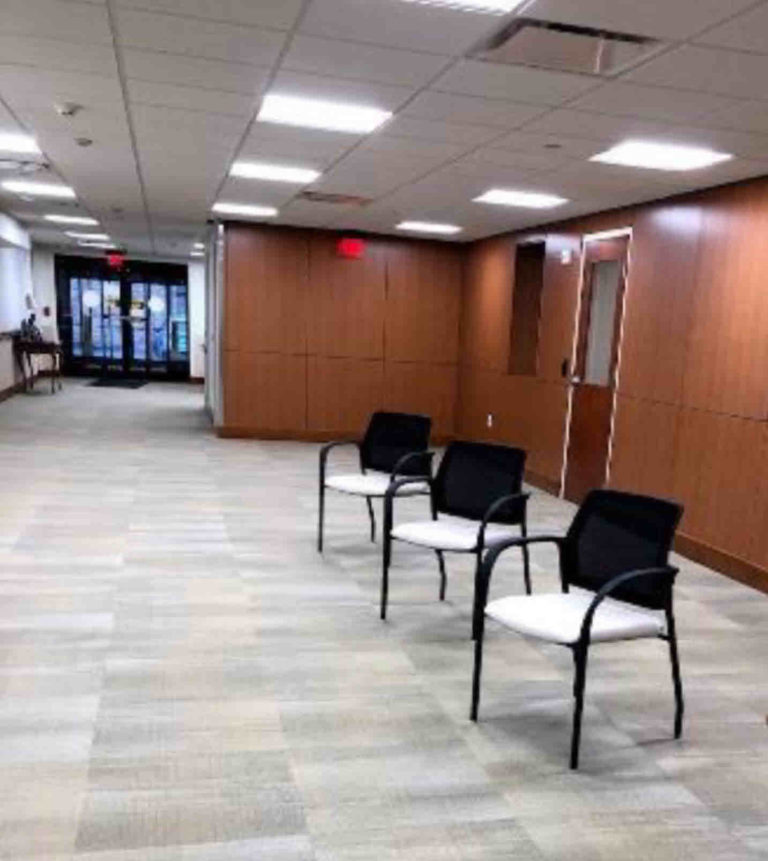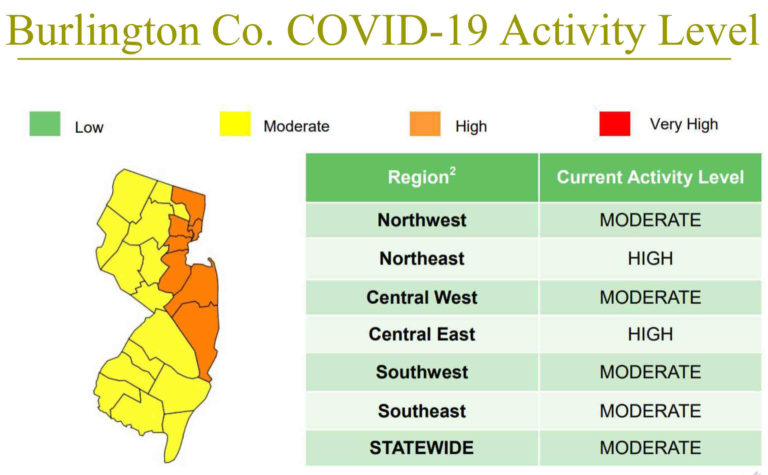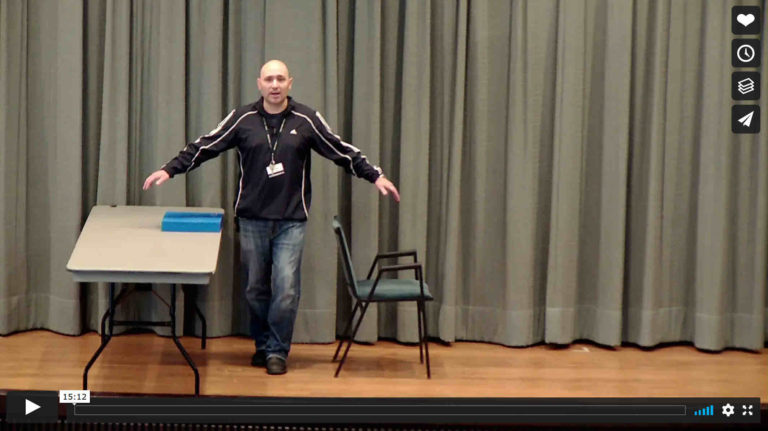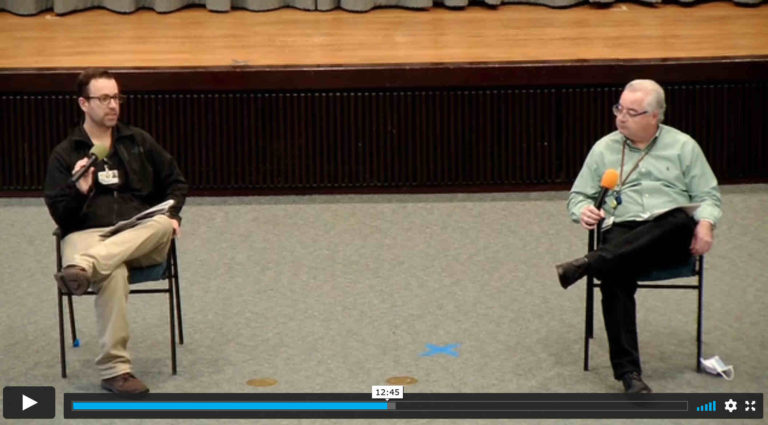A previously unknown coronavirus COVID-19 originated in Wuhan, China, in December 2019. By January 29, 2020, one month later, the virus had claimed 133 lives, sickened more than 6,000 people across 18 countries, including at least five cases in the U.S. (TIME, Feb 2020). It was the beginning of a global health crisis — a pandemic — that riveted the attention of the public health community, the media, business and the entire population. By August 2021, this pneumonia-like illness had resulted in more than 200 million cases and 4.25 million deaths worldwide, including 614,000 deaths in the U.S. alone (NY Times, Aug. 5). Not since the influenza of 1918 had infectious disease experts seen a pandemic spread with such rapid and deadly impact. In the beginning it was an infection without a vaccine. Highly transmissible, it was spread by airborne droplets. The elderly were particularly vulnerable.
As news of the COVID-19 coronavirus grabbed the world’s attention in January and February 2020, Medford Leas was meeting to determine the best strategies for protecting its 550-member residential community on two campuses and its staff. Dr. James D’Amico, Medical Director, in a memo to residents and staff on March 4, said that the Task Force he headed had been meeting on a biweekly basis. Task Force members were CEO Jeremy Vickers, Patrick Dura, RN, infection control nurse, Cathy Oechsle, RN, Director of Nursing and Lisa Heinkel, MHA, Director of Health Services. The Task Force receives daily emails from the Center for Disease Control and Prevention (CDC), National Institutes of Health (NIH), and the New Jersey Department of Health. “The situation is evolving rapidly,” Dr. D’Amico said. He reported that China now had 80,000 cases and the U.S. had its 100th confirmed case. “There are no cases in New Jersey yet, but flu activity is very high!”
Throughout March, symptoms of COVID-19 were described, and ways to protect oneself were introduced. Steps were instituted to limit visitation with Assisted Living residents and soon would result in entire isolation of Woolman (rehab) and assisted living, the most vulnerable of residents. All people entering the Community Building would be screened for fever or exposure to outsiders with symptoms. Independent Living residents were urged to shelter in place (self-isolate). The subjects of mask wearing, hand-washing and social-distancing were prominent in every communication. All non-essential travel was discouraged, and Medford Leas group activities were cancelled.
Throughout March, symptoms of COVID-19 were described, and ways to protect oneself were introduced. Steps were instituted to limit visitation with Assisted Living residents and soon would result in entire isolation of Woolman (rehab) and assisted living, the most vulnerable of residents. All people entering the Community Building would be screened for fever or exposure to outsiders with symptoms.
“We know,” said Dr. D’Amico in late March 2020, “that community infection is a primary mode of transmission and we need to do all we can to protect those around us, including those who may be more at risk from this virus. If there ever was a moment that defines our mission here at Medford Leas, THIS IS IT! We have a tremendous responsibility to ensure the health and safety of our residents.”
Concurrently with weekly memos from Dr. D’Amico, Jeremy Vickers was providing reinforcing updates on the health of the community, especially assisted living, as well as moment to moment changes in policies from the public health community. Regularly, residents and staff were urged to follow federal, state and local infectious disease guidelines: handwashing, hygiene and social distancing, along with wearing a face covering or mask, essential both in contact with other residents and staff, and in public. Some staff members worked from home to the extent they could. As fear of the virus had become a part of life, guidance was more than welcome.
Regularly, residents and staff were urged to follow federal, state and local infectious disease guidelines: handwashing, hygiene and social distancing, along with wearing a face covering or mask, essential both in contact with other residents and staff, and in public. Some staff members worked from home to the extent they could. As fear of the virus had become a part of life, guidance was more than welcome.
By May 8, 2020, regular rounds of testing were occurring. Within assisted living of approximately 100 residents, 3 residents had tested positive for COVID, with 1 case active and 2 resolved. Staff (nursing) had 10 cases of COVID, with 5 active and 5 resolved. Residents were quarantined in Woolman private rooms. Those staff testing positive quarantined at home until returning to health. Jeremy Vickers kept a regular tally of resident and staff cases throughout the pandemic. It was important for the press and the public to see that Medford Leas had the situation under control. In the end, by June 2021, there had been a total of 5 deaths from COVID in the resident assisted living population. Among the 450 residents living independently and the staff outside of assisted living, there were, up to July 30, 2021, only 7 positive cases among staff and 2 among residents, all of them resolved quickly.
As the Task Force attempted to keep up with regulations, there was an effort also to “maintain residents’ quality of life and sense of community.” Although the Fitness Center and pool were closed, Ken Roland, manager of Fitness and Aquatics, and his staff began exercise classes delivered over Medford Leas TV channel 15 to residents in their living rooms, or using videos available on the MLRA website.
As the Task Force attempted to keep up with regulations, there was an effort also to “maintain residents’ quality of life and sense of community.”
Every department played an important role in keeping residents protected. Tammy Gerhart, director of Resident Services, received lists of groceries from residents and had them filled and delivered to Medford Leas. Transportation to essential medical appointments continued by drivers under her watch. Soon dining rooms were closed and Dining Services, under Jennifer Zdunczyk, from April 2020 to July 2021, produced 800 meals a day delivered to Courtyard Apartments and provided by curbside pick-up to independent living residents in Bridlington, Rushmore and Lumberton — all the while undergoing a major remodeling of the main kitchen.
Every department played an important role in keeping residents protected. Tammy Gerhart, director of Resident Services, received lists of groceries from residents and had them filled and delivered to Medford Leas. Transportation to essential medical appointments continued by drivers under her watch.
Soon dining rooms were closed and Dining Services, under Jennifer Zdunczyk, from April 2020 to July 2021, produced 800 meals a day delivered to Courtyard Apartments and provided by curbside pick-up to independent living residents in Bridlington, Rushmore and Lumberton — all the while undergoing a major remodeling of the main kitchen.
To entertain residents, Therapeutic Recreation under Gerry Stride, and later Lea Becket, put together programs of interesting topics and live music over Medford Leas’ two TV channels. Technology and channel 15, in the absence of the Theater, made possible Pathways to Learning, Great Decisions, and Leas Forum with lectures and discussion programs. In the summer of 2020, the Music Committee began providing outdoor concerts.
As winter of 2020 approached, and cases and deaths due to the virus were surging in many parts of the country, two promising vaccines were under development at Pfizer and Moderna and waiting for approval for emergency use by the FDA. Both vaccines were reported to be effective and safe. Federal and state governments were planning for distribution and administration of the vaccines to the nation’s long-term-care organizations, including Medford Leas. “We have been told to be prepared for a Statewide rollout as soon as January,” Jeremy Vickers reported.
By December 18, Medford Leas had become part of the first phase of New Jersey’s distribution. A high rate of participation was urged.
Until the first clinic on January 19, 2021, administered by vaccine partner CVS and held in the Oak Room, there were almost daily briefings on registration for the clinics — there would be two more clinics in February and March — and who would have preference in the beginning for the limited supplies of vaccine. Staff, followed by assisted living and patients in Woolman, would come first. Independent living residents had registered too for any additional doses available. In the end CVS put 540 first doses of Pfizer vaccine into arms, allowing a good number of independent living residents to be included. People who received their first shot on January 19 would receive their second shot at the February 9 clinic. There was jubilation over the number of staff and residents covered.
The COVID-19 Task Force worked tirelessly with CVS to locate additional vaccine, which resulted in 100 percent of those who registered for the February 9 clinic receiving a shot. CVS administered 675 vaccinations —540 second doses and 135 first doses.
On March 19, it was announced that more than 70% of residents had received two doses, and 97% had received at least one. By contrast, 23% of Americans had been partially vaccinated, and only 12% fully vaccinated. “We are all so grateful to have received our vaccinations on a prioritized basis,” Jeremy Vickers stated.
“Returning to normal” at Medford Leas, without many of the restrictions, is a continuing story. As of this writing, Medford Leas saw its last case of the virus on April 9. Infections began to decline in New Jersey and Burlington County by May 21. It was announced that as of June 1 fully vaccinated residents, both independent living and assisted living, would no longer have to wear masks in the Community Buildings on both campuses. On July 30, the latest vaccination rates at Medford Leas were: residents, 99%, and full-time staff, 88%.
At the same time, the Delta variant of the coronavirus, a more virulent and transmissible strain, exploded in states where vaccination was low. An added concern, it had in some cases caused “breakthrough infections” in people who were vaccinated, although their cases were mild. The CDC has therefore called for mask wearing again by both unvaccinated and vaccinated people when indoors in public places. As hospitals fill up with the unvaccinated, efforts to get “hesitant” people vaccinated became urgent.
Medford Leas has shown its ability to protect its residents and staff and leaves no doubt it will continue to do so. More than one resident has said, “They did an outstanding job.”
At the same time, the Delta variant of the coronavirus, a more virulent and transmissible strain, exploded in states where vaccination was low. An added concern, it had in some cases caused “breakthrough infections” in people who were vaccinated, although their cases were mild. The CDC has therefore called for mask wearing again by both unvaccinated and vaccinated people when indoors in public places. As hospitals fill up with the unvaccinated, efforts to get “hesitant” people vaccinated became urgent.






